Uttarakhand, a land of awe-inspiring natural beauty, is also a repository of cultural treasures that speak of its glorious past and vibrant heritage. The monuments scattered across this region are not merely structures; they are windows into history, spirituality, and the artistic prowess of civilizations that have thrived here. In this comprehensive guide, we embark on a journey to unravel the significance of Uttarakhand’s monuments, delving into their historical context, architectural splendor, and the stories they tell.
Journey through Time: Understanding the Historical Context
Uttarakhand’s monumental legacy is rooted in the ancient civilizations and empires that flourished in this land. These monuments stand as silent witnesses to the passage of time, reflecting the influences of various dynasties and rulers.
The historical tapestry of Uttarakhand is interwoven with the footprints of ancient civilizations. From the Indus Valley Civilization that thrived along the banks of the mighty rivers to the great empires of Mauryas and Guptas that left their indelible mark, the region has been a melting pot of cultures and ideas.
The architectural landscape of Uttarakhand is a result of the contributions made by different dynasties and rulers. The Katyuri dynasty, known for its intricate temple art, infused the landscape with spiritual sanctuaries. The Chand rulers, with their forts and strongholds, added a touch of valor to the architecture. These dynastic influences have shaped the monuments, giving them a distinctive identity.
Architectural Marvels: A Tapestry of Styles
Uttarakhand’s monuments are a symphony of architectural styles, each narrating a unique story. The architectural diversity reflects the region’s rich cultural heritage and its openness to outside influences.
The architectural landscape of Uttarakhand is a testament to the interplay of diverse styles. The Indo-Aryan style, with its intricate carvings and towering spires, is exemplified in temples like Baijnath. The Dravidian influence is evident in the graceful forms of the Jageshwar temples, where stone becomes a canvas for artistic expression. The Himalayan style, characterized by the use of wood and stone, is embodied in the majestic Kedarnath Temple.
List of Most Popular Monuments of Uttarakhand
Kedarnath Temple
Among the treasures of Uttarakhand, the Kedarnath Temple holds a special place. Situated in the lap of the Himalayas, this temple is not just a religious site but a symbol of human determination and faith.
The history of the Kedarnath Temple is steeped in mythology. Believed to have been built by the Pandava brothers, the temple is dedicated to Lord Shiva. Its unique architecture is a marvel, designed to withstand the challenges of the mountainous terrain. The temple’s significance goes beyond its architectural grandeur; it is a spiritual abode that beckons pilgrims and seekers from far and wide.
Jageshwar Temples
Hidden amidst the lush forests of Uttarakhand lies the Jageshwar Temples, a cluster of ancient shrines that are not just architectural wonders but also guardians of spiritual wisdom.
The Jageshwar Temples, adorned with intricate carvings, are like an art gallery frozen in time. Each carving narrates stories of gods, goddesses, and mythological tales. These temples hold spiritual significance, believed to be a conduit between the mortal and the divine. The ambiance exudes tranquility, inviting visitors to contemplate the mysteries of the universe.
Rajaji National Park
Amidst the cultural monuments, nature herself stands as a monument of immense significance. Rajaji National Park showcases the region’s commitment to conserving its natural heritage.
Rajaji National Park is a sanctuary for wildlife, encompassing diverse ecosystems. The park’s biodiversity includes majestic elephants, elusive tigers, and myriad bird species. Conservation efforts are not limited to preserving the flora and fauna; they also extend to fostering sustainable ecotourism. Visitors have the chance to witness the wonders of nature while contributing to its preservation.
Chandrabadni Fort
Perched on a hill, the Chandrabadni Fort narrates tales of battles and valor, offering a glimpse into the region’s historical narrative.
Chandrabadni Fort is shrouded in legends that evoke the spirit of the past. Stories of love, bravery, and sacrifice have been passed down through generations. The ruins of the fort stand as a reminder of the people who once inhabited its walls, creating a bridge between the present and a bygone era.
Mansa Devi Temple
The Mansa Devi Temple, nestled in the Shivalik Hills, is a place of pilgrimage that offers not only spiritual solace but also breathtaking panoramic views.
The Mansa Devi Temple is a spiritual sanctuary where devotees seek blessings and solace. The architecture is simple yet resonates with spiritual energy. As visitors climb the hill to reach the temple, they are rewarded with panoramic views that remind them of the divinity that surrounds us.
Group of Monuments at Baijnath
Baijnath is home to a group of ancient temples that stand as a testament to the region’s religious and artistic heritage.
The temples at Baijnath are a reflection of the region’s religious fervor and architectural brilliance. Intricate carvings and sculptures narrate tales of gods and goddesses, capturing the essence of spiritual devotion. These temples are more than stone structures; they are vessels of faith and artistic expression.
Also read: 10 Most Popular Hill Stations in Uttarakhand – Travel India Travel
George Everest House
The George Everest House, with its historical connection to the Survey of India, holds a unique place in Uttarakhand’s narrative.
The George Everest House, named after the renowned surveyor Sir George Everest, offers a glimpse into the history of mapping and exploration in India. Perched on a hill, the site offers panoramic vistas of the Himalayan range. This connection to geographical exploration adds yet another layer to Uttarakhand’s multifaceted heritage.
Temples of Almora
The temples of Almora offer a glimpse into the architectural evolution of the region and the cultural practices that have endured.
The temples of Almora trace the evolution of architectural styles across centuries. From simple structures to more intricate designs, these temples narrate the story of the region’s changing aesthetics and artistic sensibilities. They are windows into the past, inviting us to witness the evolution of craftsmanship.
The temples of Almora are not merely architectural wonders; they are also repositories of cultural practices and rituals. Festivals, ceremonies, and daily rituals bring the community together, fostering a sense of belonging and continuity. These practices celebrate the region’s identity and keep traditions alive.
Also read: 18 Most Popular Waterfalls In Uttarakhand – Travel India Travel
Advaita Ashrams
Uttarakhand is not only a repository of temples and monuments; it is also home to spiritual retreats that offer solace and wisdom.
Advaita Ashrams, nestled in serene surroundings, are havens of spiritual teachings and introspection. Founded by spiritual leaders, these ashrams provide a space for seekers to delve into the depths of their being and connect with the divine. The teachings imparted within these walls offer guidance for navigating the challenges of modern life.
Golu Devta Temple
Perched on a hill in the Almora district, the Golu Devta Temple is renowned for its unique tradition of tying bells and offering miniature metal replicas as a mark of respect for wishes fulfilled. This temple, dedicated to Golu Devta, an incarnation of Lord Shiva, stands as a charming example of local customs and beliefs.
You may also like: 9 Popular Places To Visit in Pangot – Jewel Of Nainital – Travel India Travel
Har Ki Pauri
Har Ki Pauri, situated on the banks of the holy Ganges in Haridwar, is a revered landmark that holds spiritual significance. The ghat is believed to be the spot where Lord Vishnu left his footprint, making it a focal point for pilgrims to take part in the Ganga Aarti, a mesmerizing ritual that captivates the senses.
Jim Corbett National Park
Named after the legendary hunter and conservationist Jim Corbett, this national park is not just a wildlife sanctuary but also a historical landmark. It was established to protect the endangered Bengal tiger and is a living tribute to Corbett’s efforts to conserve India’s wildlife.
Laxman Jhula
Spanning the Ganges River in Rishikesh, the Laxman Jhula is a suspension bridge steeped in mythology. It is said that Lord Laxman crossed the river on a jute rope at this very spot. Today, the bridge offers panoramic views of the river and the surrounding landscape.
Nainital Lake
While Nainital is known for its scenic beauty, the Nainital Lake also holds historical significance. Built during the British colonial period, the lake served as a source of water supply for the town. Its tranquil waters and the surrounding hills continue to be a source of charm and relaxation.
Tapkeshwar Temple
Tucked away in the hills of Dehradun, the Tapkeshwar Temple is dedicated to Lord Shiva. What makes this temple unique is its location, where water droplets continuously drip on the Shivling, creating an awe-inspiring sight. The cave-like structure adds to the mystical ambiance.
Recommended read: 6 Unexplored Places in Haridwar – Travel India Travel
Exploring the Lesser-Known Monuments of Uttarakhand
As we’ve covered some of the most popular monuments, it’s time to delve into the lesser-known but equally fascinating gems that Uttarakhand has to offer:
Gwaldam Step Garden
Nestled in the serene town of Gwaldam, this step garden is a testament to human ingenuity and harmonious coexistence with nature. The garden features a series of terraced steps adorned with vibrant flowers, creating a picturesque landscape that’s perfect for a leisurely stroll.
Chitai Golu Devta Temple
While the Golu Devta Temple in Almora is renowned, the Chitai Golu Devta Temple is equally captivating. This temple is famous for its unique practice of tying bells and offering petitions to Golu Devta, believed to be the God of Justice.
Dunagiri Temple
Situated atop a hill, the Dunagiri Temple is an offbeat destination that offers panoramic views of the Himalayas. The temple is dedicated to Ma Kali and holds spiritual significance for pilgrims seeking solitude and introspection.
You may also like: 16 Most Popular Cuisines of Uttarakhand: Exploring the Flavors – Travel India Travel
Lansdowne War Memorial
Lansdowne, a quaint hill station, is home to a War Memorial that pays tribute to the Garhwal Rifles, a renowned infantry regiment of the Indian Army. The memorial is a somber reminder of the sacrifices made by soldiers and a place for reflection.
Patal Bhuvaneshwar Cave Temple
Hidden within the depths of the earth, the Patal Bhuvaneshwar Cave Temple is a unique pilgrimage site. The intricate limestone formations inside the cave are believed to resemble various deities and mythological characters.
Deoprayag
Deoprayag is the sacred confluence of the Alaknanda and Bhagirathi rivers, marking the beginning of the Ganges River. The town is not only a spiritual hub but also a place where history, mythology, and natural beauty merge.
Also read: 15 Famous Temples in Uttarakhand: A Spiritual Journey – Travel India Travel
Legacy of Colonization: British Architectural Influence
The British colonial era left an indelible imprint on Uttarakhand’s architectural landscape. Landmarks from this period reflect a fusion of styles, creating a unique blend of cultures.
British colonial architecture is evident in structures that reflect a blend of European and Indian sensibilities. Churches, schools, and government buildings showcase symmetrical designs and grandeur. These structures not only served functional purposes but also contributed to shaping the urban fabric of the region.
Preserving Cultural Identity: Folk Art and Craft Monuments
Uttarakhand’s cultural identity is not only preserved in grand monuments but also in traditional art forms such as Pahari paintings and intricate woodcarvings.
Pahari paintings, characterized by their vivid colors and intricate detailing, depict mythological narratives and everyday life. Woodcarvings transform everyday objects into works of art, reflecting the region’s creativity and craftsmanship. These art forms are more than aesthetics; they embody the soul of Uttarakhand’s cultural heritage.
Mythological Narratives: Influence on Monumental Art
The mythology of Uttarakhand comes alive in the sculptures and murals adorning its monuments, narrating stories that have shaped the cultural narrative.
The sculptures and murals in Uttarakhand’s monuments depict the rich tapestry of mythological tales. From the epic stories of gods and goddesses to the legends of heroes and demons, these artistic expressions serve as visual chronicles of the region’s beliefs and values. Mythology, in its diverse forms, has influenced not only the art but also the very essence of the monuments, infusing them with layers of meaning that resonate through the ages.
Preserving the Past: Challenges and Conservation Efforts
While Uttarakhand’s monuments are undeniably precious, they face challenges in terms of preservation and conservation.
The passage of time, natural elements, and human activity pose challenges to the preservation of these monuments. Environmental factors, urbanization, and lack of resources contribute to their gradual decay. The responsibility of safeguarding these cultural treasures falls on the shoulders of conservationists, historians, and local communities.
Numerous conservation initiatives are underway to ensure the protection and restoration of Uttarakhand’s monuments. Collaborative efforts between government agencies, non-profit organizations, and local communities are key to preserving these treasures for future generations. These initiatives reflect a commitment to honoring the past while embracing the future.
Monuments of Uttarakhand: Frequently Asked Questions
- What is the significance of Uttarakhand’s monuments? Uttarakhand’s monuments hold the key to the region’s cultural, historical, and spiritual legacy. They offer insights into the beliefs, practices, and artistic prowess of civilizations that have thrived here.
- How did different dynasties contribute to the architectural heritage? Various dynasties, from the Katyuris to the British colonial rulers, have left their mark on Uttarakhand’s architectural landscape. Each dynasty brought its unique architectural style, resulting in a rich tapestry of designs and forms.
- Which monuments are known for their panoramic views? The Kedarnath Temple and the George Everest House are known for offering breathtaking panoramic views of the Himalayas. These vistas provide visitors with an awe-inspiring experience that connects them to the natural world.
- What are some challenges in preserving these historical sites? Preserving historical monuments in Uttarakhand comes with challenges such as natural decay, urbanization, and the passage of time. Conservation efforts are essential to ensure these treasures are protected for future generations.
- How has mythology influenced the art depicted in monuments? Mythology has played a profound role in shaping the sculptures and murals of Uttarakhand’s monuments. The stories of gods, goddesses, and epic tales are etched into stone, creating a visual narrative that reflects the region’s spiritual beliefs.


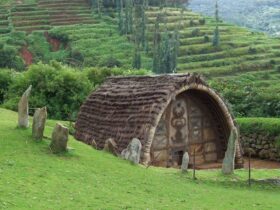

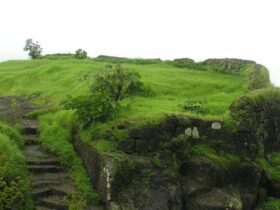
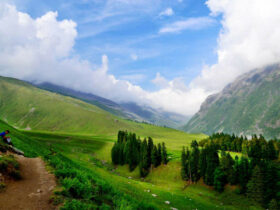
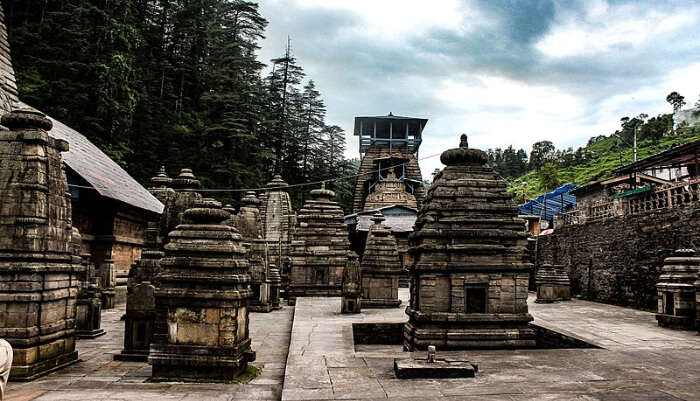

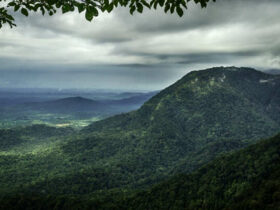
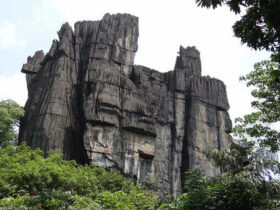
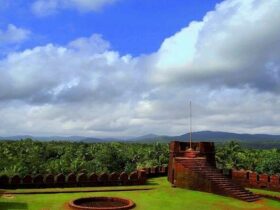
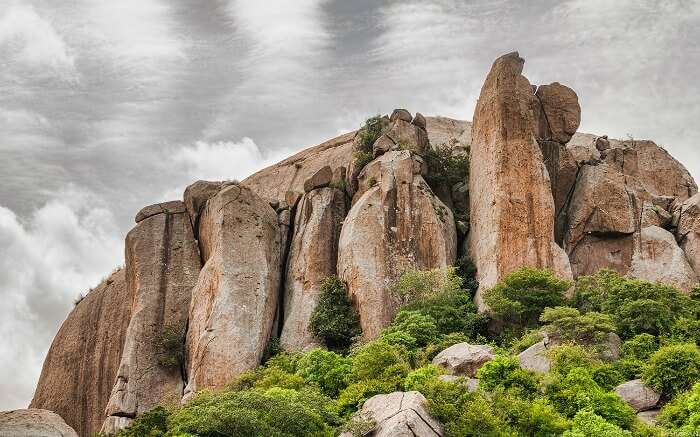
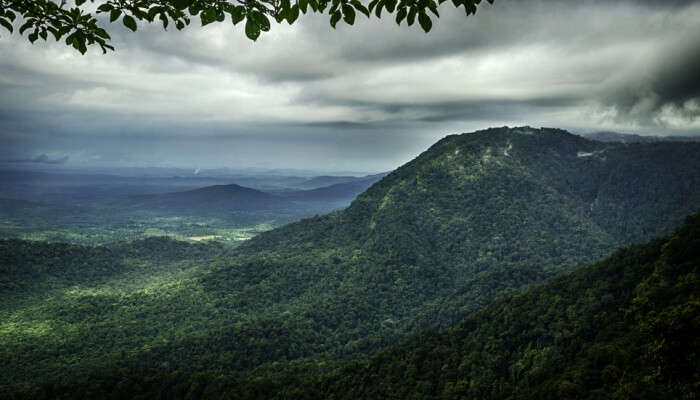
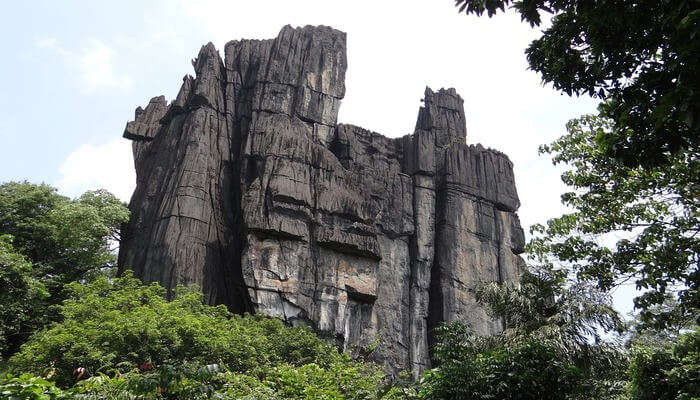
Leave a Reply
View Comments